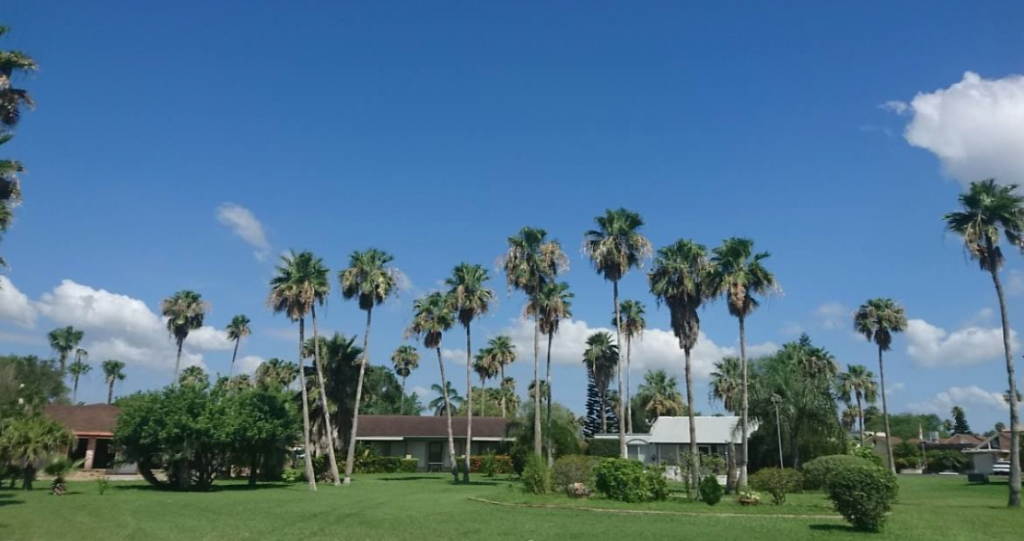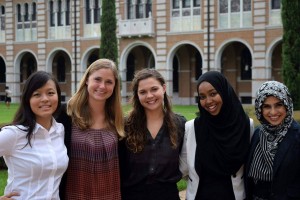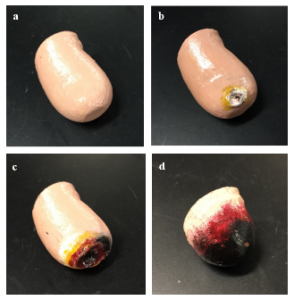My work was about a revolution
…or if we ignored my unbridled enthusiasm and challenged ourselves to be a tad more realistic – an educational intervention.
More importantly, my work seemed to be an obsession with the word “shocking”. I heard it over and over again. “These are incredibly shocking depictions of wounds.” or more commonly: “ugh that’s gross. It will shock patients.” These sentences formed the harmonies of my introduction to Brownsville, TX.
Now, I don’t imagine most people associate the word “shocking” with the city of Brownsville in any way. And I don’t blame them. Brownsville is a small city of about 200 thousand. Although palm trees line the breezy streets in an air of vacation, the most exciting part of this city is called Sunrise Mall and it has a movie theater showing The Jungle Book to satisfy all of your vacation needs.

Don’t let my sarcasm suggest I was visiting Brownsville on vacation – I was, after all, here for the word shocking.
My journey began in the Oshman Engineering Design Kitchen in Houston about a year ago. My team, Wounder Women (a coy play on the word “wound” and the superhero- “Wonder Women”, yes, thank you thank you we are clever) and I were given a design problem: create a simulation system and accompanying training materials that could be used to train diabetic patients in wound care.

We spent numerous hours in the drawing room coming up with wild ideas and tapering them down with research. By January, we sculpted a mold — that is a gross looking foot with wounds that you could touch, wounds that imitate the depth and granularity of real ulcers, shocking wounds that might induce a gag response, and we were rather proud of this last fact.

We traveled with the foot mold through airport security and watched with amusement as TSA agents rushed to our bags and unwrapped the feet in anticipation of, at the very least, a cruel, gory prank. They exhaled in relief and laughter when we explained our project and one exclaimed: “we were afraid you were gonna make our night very interesting!”

In Brownsville, we presented our ideas to a room full of anticipation. After our presentation, there was a line of podiatrists, nurses and Public Health students waiting to look at the feet, touch them and wrinkle their noses.
“You should implement this in our wound care clinic.”
“We could write formal prescriptions to send patients to educators who can teach using this system.”
“Ewww that’s really gross.”
“People will just look at this and want to take care of their feet.”
We took their suggestions and our molds back to Houston and created a subsequent iteration of the diabetic foot ulcer model: a 3D printed model with inserts of varying wound intensities found at the most common wound locations. This iteration still had a shock factor, but was much more readily producible. In fact, we made eight copies of this iteration and sent them to Brazil and Malawi with other Rice interns. And here I was with three copies in Brownsville. I was hoping to educate through shock.